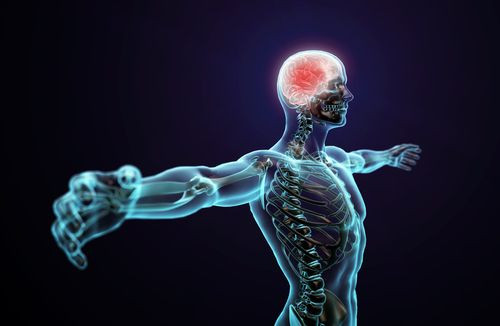Peripheral Neuropathy And Injuries Causing Nerve Damage May Be Healed With New Technique

Many people with diabetes experience neuropathy, a painful form of nerve damage that cannot always be treated effectively with drugs. In their research of the condition, scientists at University of Calgary's Hotchkiss Brain Institute discovered a mechanism that promotes growth in damaged nerve cells. In fact, the team of researchers discovered a crucial molecule that directly regulates nerve cell growth. "We made the surprising discovery that a protein called Retinoblastoma (Rb) is present in adult neurons," said Dr. Doug Zochodne, a professor in the Department of Clinical Neurosciences, and author of the study. "This protein appears to normally act as a brake — preventing nerve growth. What we have shown is that by inactivating Rb, we can release the brake and coax nerves to grow much faster."
Neuropathy, which creates a tingling or burning sensation, is a direct result of nerve damage. Peripheral nerves, which connect the brain and spinal cord to the body, help us feel sensation and also enable movement. Peripheral neuropathy, which causes numbness and pain in your hands and feet, may be the result of any number of factors, including injuries, infections, and even exposure to toxins. Cancer patients, for instance, experience peripheral neuropathy during or following toxic chemotherapy. About 60 to 70 percent of people with diabetes also encounter this condition, with the risk rising with age and duration of their illness. All too common, diabetic neuropathy is more prevalent than multiple sclerosis, Parkinson's disease, and amyotrophic lateral sclerosis (ALS) combined. Although for some people, the symptoms of peripheral neuropathy may improve over time, this is not the case for all and for this reason, researchers would like to understand how exactly it works.
Based on his understanding of cancer, Zochodne and his research team decided to look for Retinoblastoma in nerve cells. "We know that cancer is characterized by excessive cell growth and we also know that Rb is often functioning abnormally in cancer," explained Zochodne in a press release. "If cancer is able to release this brake and increase cell growth, we thought we'd try to mimic this same action in nerve cells and encourage growth where we want it," he said.
In their experiments using cells and animals, the researchers shut down Retinoblastoma in the peripheral nervous system for a short span of time and carefully observed the results. As hypothesized, they saw new growth without any apparent negative effects. Now, they are wanting to advance their experiments to the point of working with humans and in so doing, they hope their work may lead to safe treatments for patients suffering from neuropathy and other forms of nerve damage.
Source: Christie KJ, Krishnan A, Zochodne D, et al. Enhancing adult nerve regeneration through the knockdown of retinoblastoma protein. Nature Communications. 2014.



























